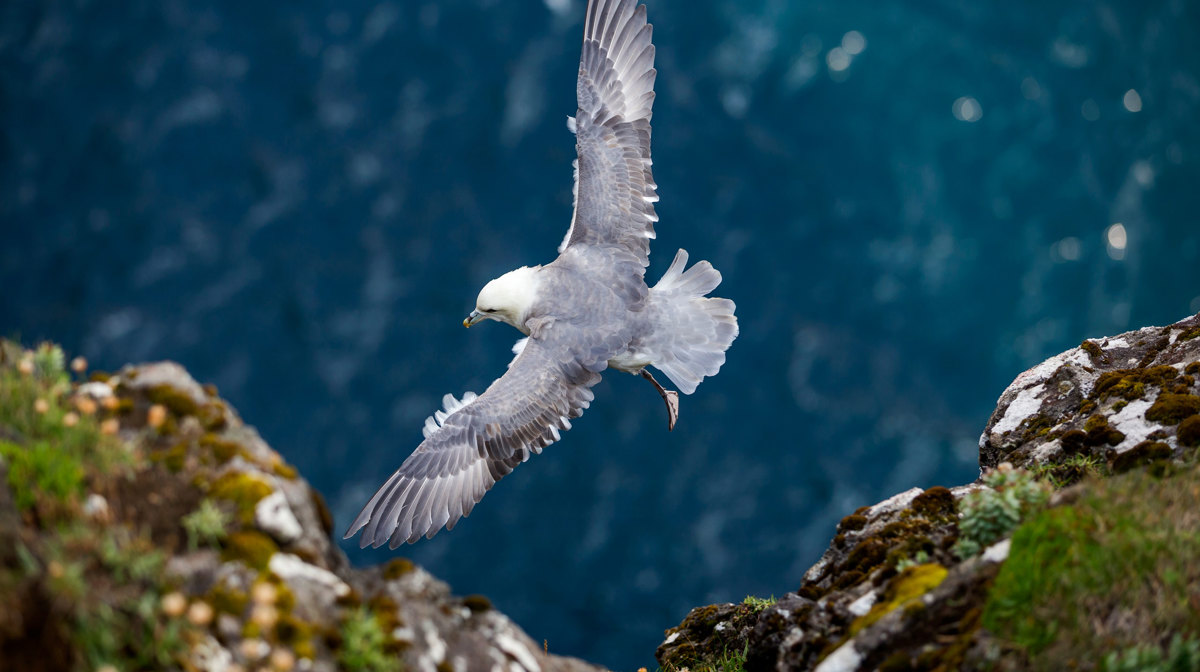Records show that around 300 different bird species have been sighted in the Faroe Islands. Roughly, 110 of these species are regular migrants or breeding birds and the rest are rare migrant visitors, from different parts of the world. The Faroe Islands are a central spot for birds migrating across the North Atlantic Ocean. Getting rested for the remainder of the journey or having been carried of the migratory path by winds, these visiting birds are most often found on the farthest points of the islands, making Suðuroy, Mykines, Skúvoy and Fugloy hotspots for migrant birds.
A Source of Food
For centuries seabirds were a vital source of food for the Faroese people. Species such as Puffins and Guillemots were a crucial part of the diet and provided meat for households all over the islands. Gannets, Fulmars, Kittiwakes, Shags, Manx Shearwater and other species were also hunted.The Faroese still catch birds to some extent, but seabirds do not play the same vital role in the Faroese diet as they used to. Today, hunting is mostly limited to Fulmars. The best time to catch Fulmar is shortly after they leave the nest in August, as they are slow after being fattened by their parents all summer.
Bird Watching Paradise
The Faroe Islands are a great destination for bird watching, due to the increasing number of species sighted every year. As the birds are migratory visitors, the types of birds one might find depends on the seasons. Some species are easier to spot, as they flock to the limited amount of wooded areas. They can found in our small wood plantations and even in larger private gardens. Other species are a little more difficult to get to, as they tend to live high in the mountains or on rocky cliffs, making the journey an adventure of its own. It is important to note that one must be careful not to stress the birds or disrupt their environment while watching them.
Conservation
The Faroe Islands are part of the Ramsar Convention, which works for the preservation and sustainable use of wetlands and waterfowls. Three areas have been appointed as Ramsar areas, Mykines, Nólsoy and Skúvoy, as they are particularly important to several local bird species. Although the Faroese have a long history of cathing seabirds for food, they are also dedicated to preserving all the diverse species found on the islands. This is done by protecting most species and only allowing limited and strictly regulated hunts of those that are not protected. Nesting areas are also protected and great care is taken not to disturb the birds during breeding season.
The Visit Faroe Islands website has more information on bird watching in the Faroe Islands. They have also published a great booklet on the subject.
